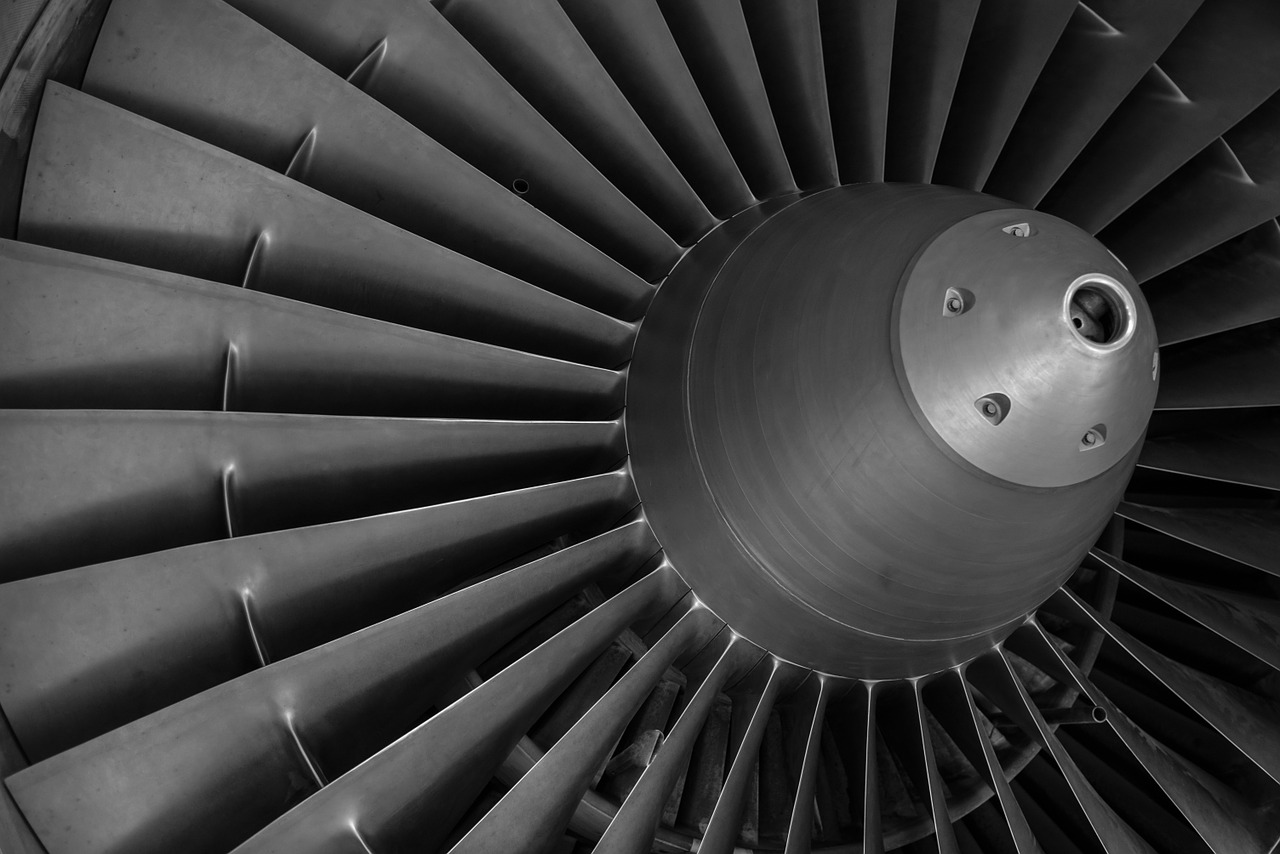Zero-emission aviation company ZeroAvia says its hydrogen-electric powertrain, ZA-600, recently passed a pivotal test: it successfully hauled a 15-ton military-style truck, dubbed the HyperTruck, across the tarmac at its Hollister, California headquarters. The U.K government funded the test, dubbed the HyFlyer II program, with a $16.3 million grant, which could help ZeroAvia reach its mission of powering a 19-passenger aircraft’s 350-mile long flight with the eco-friendly powertrain by 2024. ZeroAvia says that the successful ground test means that they’re on track to complete the program on time.
A heavy haul for a lighter liftoff
ZeroAvia’s CEO Val Miftakhov says that the test is essential to flight test the company’s 19-seat Dornier 228 prototypes in the U.S. and U.K. He says test flights for the Dornier will happen by year-end.
“This project is instrumental for delivering a market-ready hydrogen-powered solution for 2024 that makes passenger-ready zero carbon aviation a reality,” said Miftakhov in a statement. “It once again demonstrates the ‘Jet Zero’ ambition of the U.K. government to take a leading role in making flight sustainable, and we are proud that they have put their faith in us again to deliver another milestone for hydrogen-electric aviation.”
“The Hollister testing is a significant milestone for our new HyperTruck testbed and ZA-600 that also confirms the operation of our next-generation control system and software,” said Gabe DeVault, ZeroAvia’s head of testing and application. “Our U.S. team is excited to support the important work of our colleagues in the U.K. and ultimately scaling up our proven hydrogen fuel cell integration for larger commercial aircraft engines, which the HyperTruck supports.”

Gaining altitude
In June, after ZeroAvia wrapped up its two-year-long HyFlyer I project in which it successfully flew two six-seaters powered by a hydrogen-electric 250 kW engine, the company announced that it upsized its fleet by obtaining two Dornier 228s. The Dorniers, ZeroAvia says, will help to further its pursuit of developing a 19-seat hydrogen-electric powered aircraft. And yet, they have even bigger goals. ZeroAvia has started developing a 2,600-horsepower hydrogen-electric powertrain for a full-sized regional aircraft. Also in the works: ZeroAvia says it plans to build a 50-seat airliner and have a 100-seat airliner powered by hydrogen-electric in the air by the end of the decade.

Sky’s the limit for ZeroAvia founder
Miftakhov, a licensed pilot and entrepreneur in the green energy industry, launched ZeroAvia four years ago in hopes of one day remedying the growing problem of aviation-related carbon emissions. The goal was to create a hydrogen-electric powertrain for a range of markets. ZeroAvia has focused its initial efforts on aircraft that seat between 10 and 20 passengers and fly a maximum of 500 nautical miles.
“With land transport rapidly decarbonizing, fast-growing air transport is quickly becoming the leading emission source, so we must find ways to make aviation more sustainable,” says Miftakhov.
Miftakhov has obtained experimental certificates for two aircraft prototypes from the Federal Aviation Commission (FAA) in the U.S. and the Civil Aviation Authority (CAA) in the U.K. The company is also on track to launch its first commercial flight operations in 2024. There is no shortage of support for ZeroAvia’s lofty goals. Amazon, Bill Gates’ Breakthrough Energy Ventures, and Shell Ventures are all early investors of the startup. Miftakhov also recently became a member of the board of directors for the Fuel Cell and Hydrogen Energy Association (FCHEA), a leading fuel cell industry association that promotes the economic and environmental benefits of hydrogen energy and fuel cell technology.

